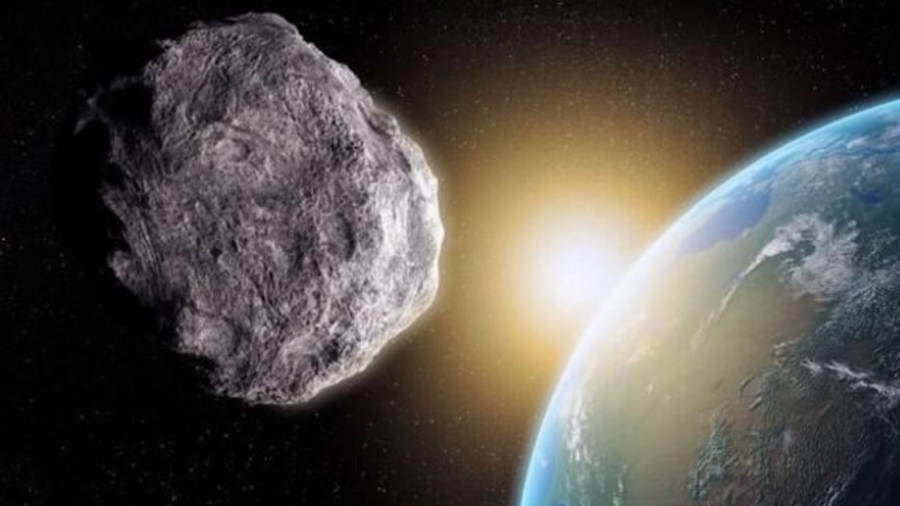A stadium sized asteroid is set to pass Earth on Tuesday, Sept. 17, according to an alert from NASA.
Called 2024 ON, the asteroid measures 950 feet across and will come within 621,000 miles at its closest approach, according to NASA’s Jet Propulsion Laboratory.
The asteroid was one of five listed for near earth approaches this week, with the others measuring just the size of a house or an airplane at the largest.
Approaching at a speed of nearly 20,000 mph, or 26 times the speed of sound, its closest approach is still 2.6 times the distance from earth to the moon.
The last pass ON made was in 2013 where it was 101 times further away than the moon. When it passes again in 2035 it will be an estimated 128 times further away than the moon, according to the space agency.
The coming approach is the closest ever for the asteroid, with data collection as far back as 1940.
The asteroid will be at its closest point to earth at 10:18 a.m. UTC, or 6:18 a.m. EDT.
NASA classifies any object that comes within 1.3 astronomical miles, which is about 121 million miles, as a Near Earth Object (NEO) and currently tracks about 36,000 of them, according to an interactive map that contains all known NEO’s.
Those that come within 0.05 astronomical miles, or roughly 4.65 million miles, are considered Potentially Hazardous Asteroids (PHA) if they are also larger than about 500 feet in diameter.
At nearly twice the size and approaching within 1 million miles, the ON asteroid is one of the largest and closest asteroids to make a near earth approach, according to the map, which shows about 2,455 PHA under current observation.
According to the space agency, there isn’t any threat of an impact to earth for the “foreseeable future” for neither any asteroids or comets, they said in a July news release.
Preparing for a real emergency, NASA brought together experts from both federal and international space agencies in April in a biannual emergency response exercise.
Experts worked together to solve a hypothetical scenario where an asteroid was on trajectory to hit earth, with participants from U.S. government agencies and, for the first time, international planetary defense experts, they said.
“An asteroid impact would have severe national and international ramifications, so should this scenario play out for real, we’d need international collaboration,” said Terik Daly from John Hopkins University Applied Physics Laboratory, who led the exercise.

